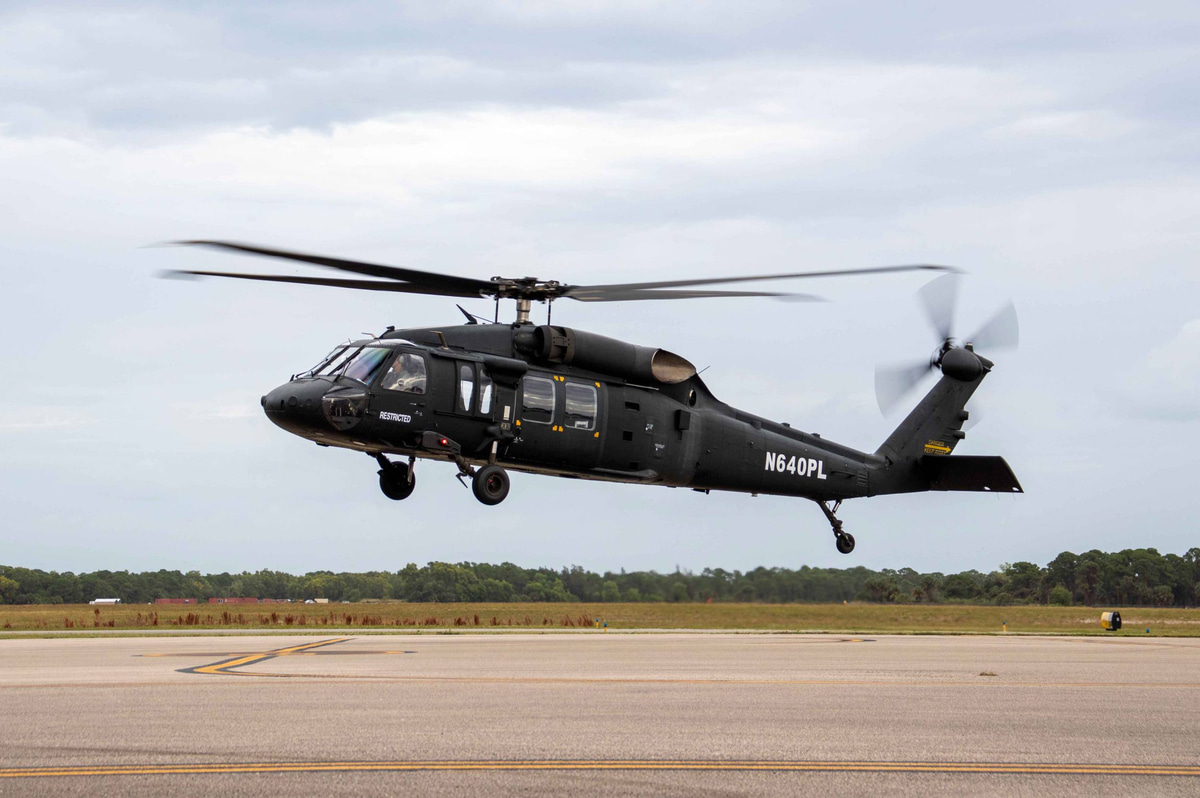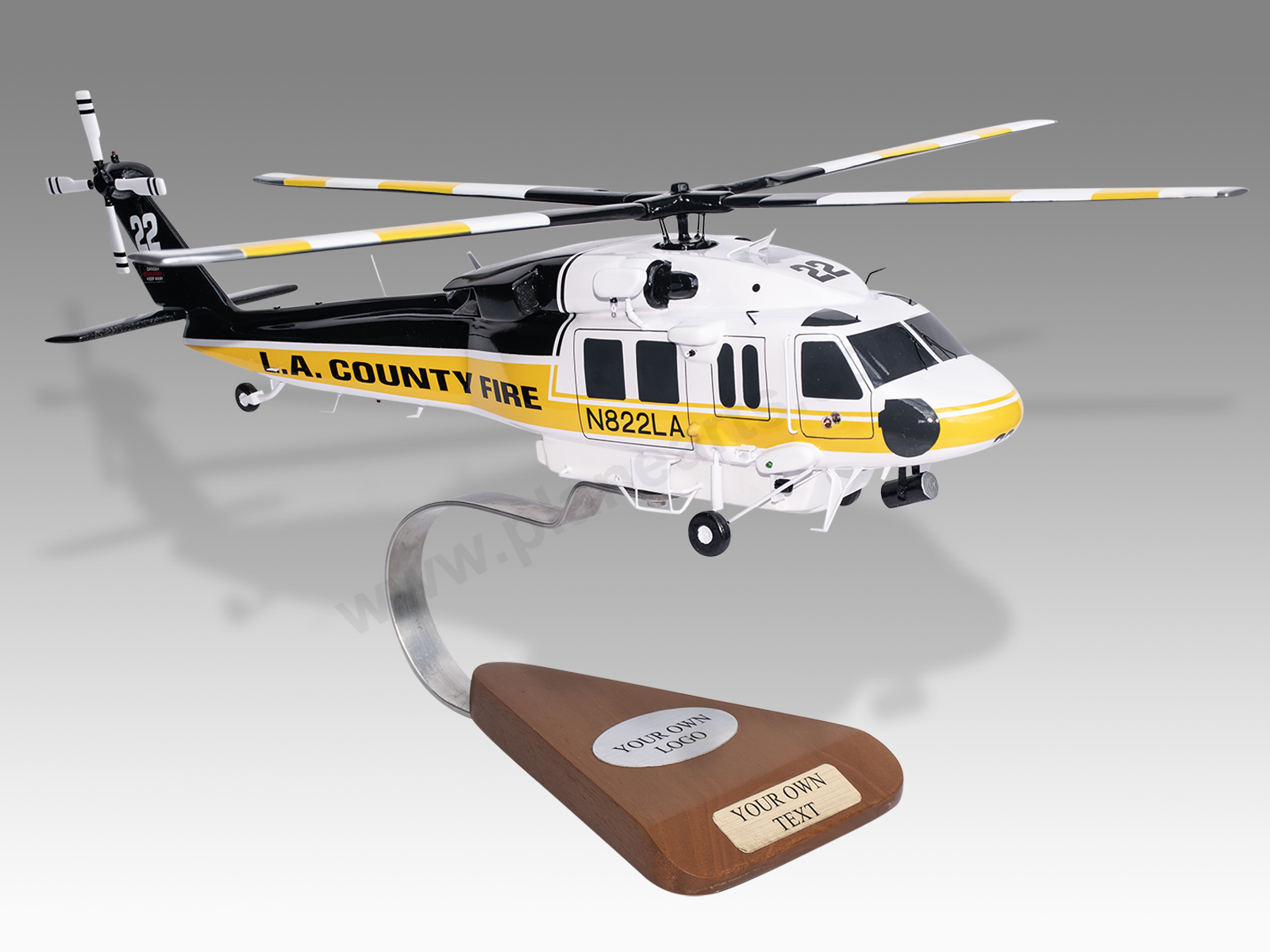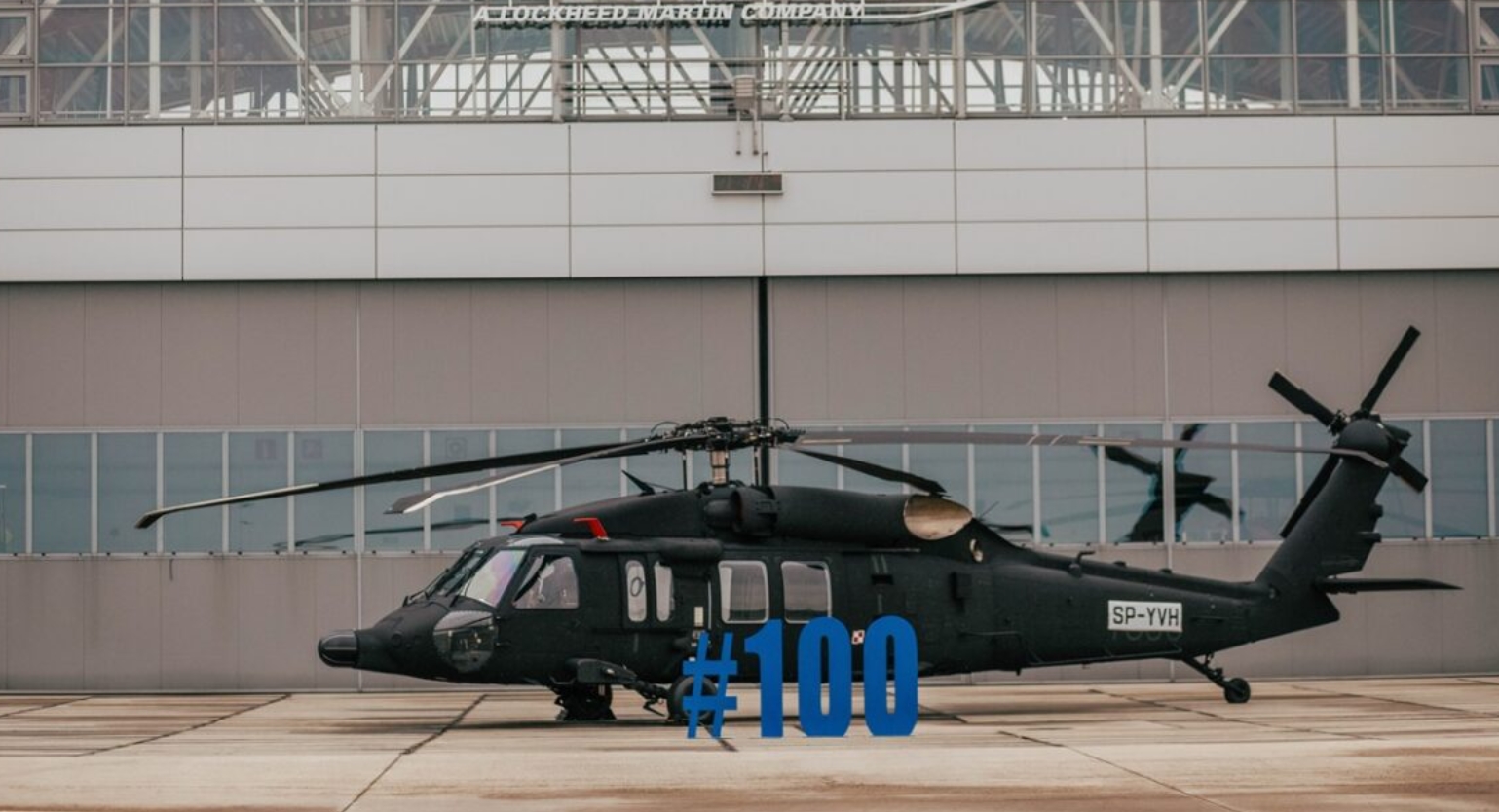A Take a look at the Sikorsky S 70's Role in Military and Civil Aviation
High-Performance Multi-Role Rotorcraft Featuring Advanced Cabin Technologies and Integrated Sensor Equipments
The world of rotorcraft modern technology has seen significant developments in current times, specifically in the realm of high-performance multi-role rotorcraft outfitted with cutting-edge cockpit technologies and flawlessly integrated sensing unit systems. These advancements have not only enhanced the operational capacities of rotorcraft yet have actually likewise significantly impacted contemporary aeronautics procedures on various fronts. From enhanced goal flexibility to boosted operational efficiency, the merging of sophisticated cockpit modern technologies and incorporated sensor systems has actually ushered in a new age of possibilities for rotorcraft applications. In the adhering to conversation, we will certainly check out the advancement of rotorcraft innovation, explore the world of advanced cabin technologies, and check out the effects of integrated sensor systems on the functional convenience and performance of modern-day rotorcraft.
Development of Rotorcraft Modern Technology
The evolution of rotorcraft innovation has actually been marked by substantial developments in aerodynamics, materials, and propulsion systems, forming the abilities and performance of modern-day rotorcraft. Wind resistant renovations have actually enhanced the efficiency and ability to move of rotorcraft, permitting for increased speed, agility, and stability during flight (sikorsky s 70). Technologies in products, such as making use of composite materials and progressed alloys, have actually caused lighter yet more powerful rotorcraft frameworks, improving total efficiency and durability. In addition, advancements in propulsion systems, including more powerful engines and innovative propulsion modern technologies, have allowed rotorcraft to attain higher elevations, faster speeds, and higher payloads.
These advancements have not only changed the capacities of rotorcraft however have also expanded their applications throughout numerous sectors, consisting of army, industrial, and emergency services. The continual evolution of rotorcraft technology remains to drive technology in the field, pushing the limits of what is feasible and forming the future of vertical trip.
Advanced Cabin Innovations
Structure upon the foundational improvements in the rules of aerodynamics, products, and propulsion systems, the realm of rotorcraft modern technology now moves emphasis in the direction of introducing Advanced Cabin Innovations. The integration of cutting-edge innovations within the cabin environment plays a crucial duty in improving the operational abilities, safety, and efficiency of modern-day rotorcraft. sikorsky s 70. Advanced Cockpit Innovations incorporate a large selection of attributes developed to offer pilots with boosted situational understanding, structured data management, and instinctive control interfaces
One of the key innovations in cockpit design is the application of glass cockpits, which replace typical analog evaluates with high-resolution displays. These digital systems use customizable designs, real-time data assimilation, and improved readability, enabling pilots to accessibility critical information at a look. Advanced avionics systems, such as fly-by-wire controls and boosted truth screens, are revolutionizing exactly how pilots connect with the aircraft, permitting for exact control and enhanced decision-making capacities.


Integrating advanced cockpit advancements not just improves pilot performance however likewise contributes to general mission effectiveness and security in complicated functional atmospheres. By leveraging advanced modern technologies within the cabin, rotorcraft manufacturers are setting brand-new criteria for operational excellence and objective success.
Integrated Sensor Systems
With the advancement of rotorcraft technology, the assimilation of innovative Integrated Sensor Systems has actually become extremely important in boosting functional efficiency and security. These Integrated Sensing unit Solutions incorporate a vast selection of modern technologies that supply crucial information for different features such as navigating, surveillance, targeting, and environmental monitoring. By effortlessly incorporating sensing units like radars, electronic cameras, lidar, and infrared systems right into rotorcraft, drivers can profit from boosted situational awareness, boosted goal capabilities, and reduced pilot work.
One secret advantage of Integrated Sensing unit Equipments is their ability to gather real-time information and give workable insights to pilots and mission drivers. Advanced radar systems can detect and track targets over long distances, permitting for early threat detection and efficient response planning. Furthermore, incorporating infrared and electro-optical electronic cameras enables rotorcraft to carry out reconnaissance and surveillance objectives with precision and precision.
Essentially, the integration of advanced sensor technologies right into rotorcraft not just boosts functional efficiency but likewise contributes significantly to general goal success and staff safety. As rotorcraft proceed to progress, the function of Integrated Sensing unit Systems will unquestionably continue to be at the center of innovation in the aerospace sector.
Operational Convenience and Efficiency
Enhancing functional adaptability and effectiveness in rotorcraft is an all-natural development from the combination of innovative Integrated Sensor Systems. By leveraging the information and insights given by these innovative sensor systems, rotorcraft can optimize their efficiency across various goals and settings.
Functional adaptability incorporates the capacity of rotorcraft to adjust to different roles and scenarios efficiently. With advanced cabin innovations and incorporated sensor systems, rotorcraft can seamlessly change between jobs such as search and rescue, medical evacuation, security, and much more. This flexibility improves the rotorcraft's ability to meet diverse functional demands without calling for substantial reconfiguration.
Efficiency in rotorcraft operations is essential for taking full advantage of objective effectiveness and resource use. Integrated sensor systems play a pivotal duty in boosting operational efficiency by giving real-time information on climate condition, surface mapping, target monitoring, and a lot more. This information makes it possible for pilots to make enlightened decisions quickly, maximize trip courses, preserve fuel, and enhance total objective performance.
Influence On Modern Air Travel Procedures

Additionally, the combination of advanced sensors promotes enhanced goal preparation and execution, allowing rotorcraft to carry out a vast array of jobs with boosted precision. From search and rescue procedures to airborne firefighting and regulation enforcement objectives, the capacities of modern rotorcraft equipped with innovative cabin modern technologies and incorporated sensor systems are unparalleled.
Furthermore, the effect of these improvements prolongs beyond operational performance to cost-effectiveness and sustainability. By optimizing flight courses, fuel consumption, and upkeep timetables, high-performance rotorcraft equipped with innovative cabin technologies and sensors add to reducing functional prices and ecological effect, making them visit this website indispensable assets in modern-day air travel operations.
Final Thought
Finally, the high-performance multi-role rotorcraft with advanced cabin modern technologies and integrated sensor systems stands for a substantial development in aeronautics technology. These advancements enhance functional versatility and efficiency, inevitably affecting modern-day air travel procedures in a favorable way. The assimilation of these sophisticated modern technologies allows for enhanced capacities and performance in different mission scenarios, showcasing the proceeded advancement of rotorcraft technology in the aviation industry.
The world of rotorcraft modern technology has actually seen noteworthy innovations in current times, specifically in the world of high-performance multi-role rotorcraft outfitted with cutting-edge cabin modern technologies and perfectly integrated sensor systems. From improved goal convenience to enhanced operational efficiency, the merging of sophisticated cabin modern technologies and integrated sensing unit systems has ushered in a brand-new age of opportunities for rotorcraft applications. In the adhering to discussion, we will certainly check out the advancement of rotorcraft modern technology, dig into the realm of advanced cabin innovations, and examine the effects of incorporated sensing unit systems on the functional convenience and efficiency of modern rotorcraft.
